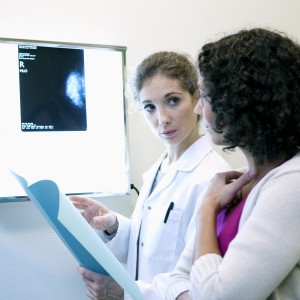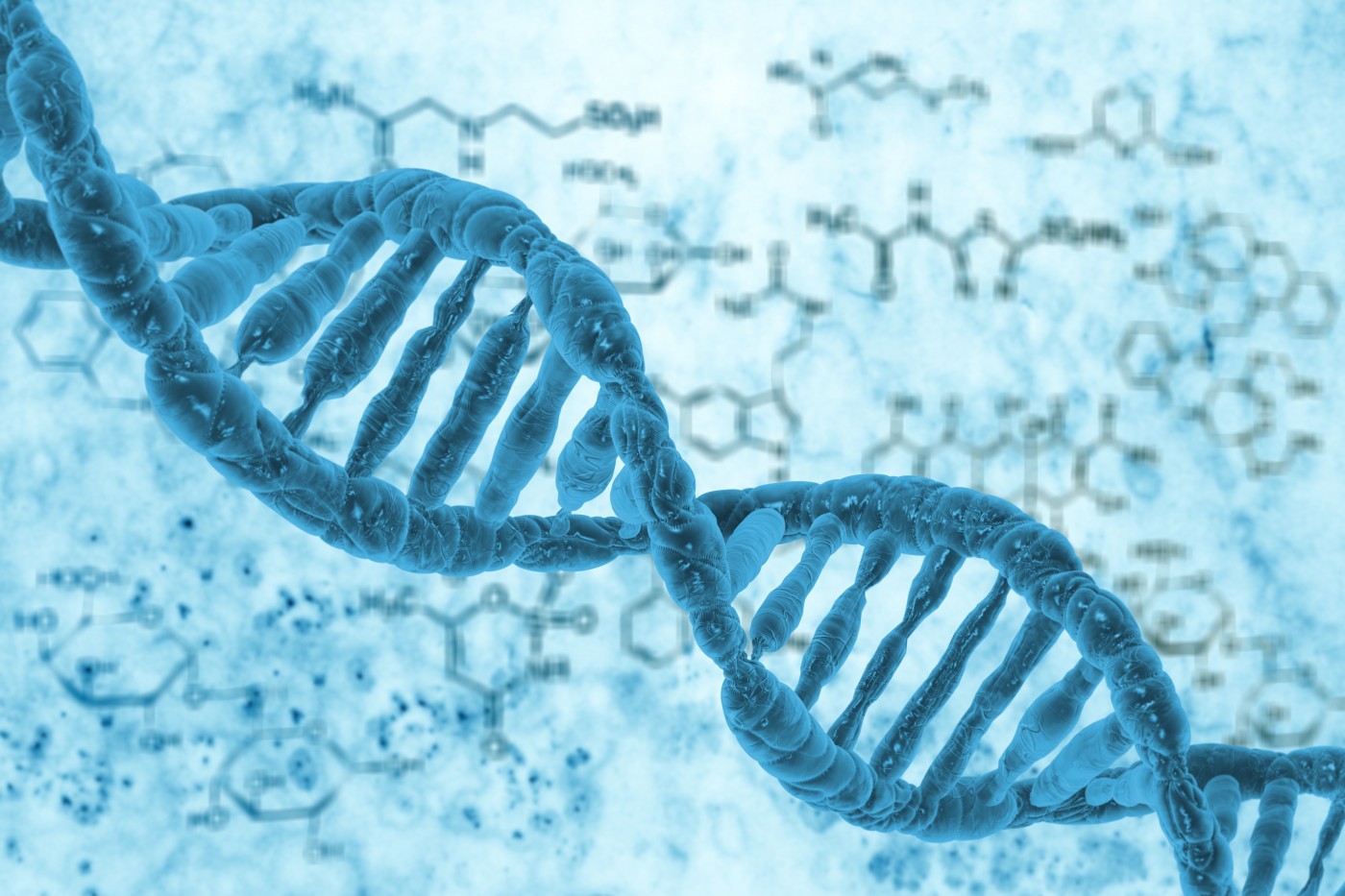 A new study recently published in the journal JAMA and led by researchers at the Perelman School of Medicine at the University of Pennsylvania, revealed that specific mutations in the BRCA1 and BRCA2 genes result in different risks for breast and ovarian cancer development. The study is entitled “Association of Type and Location of BRCA1 and BRCA2 Mutations With Risk of Breast and Ovarian Cancer.”
A new study recently published in the journal JAMA and led by researchers at the Perelman School of Medicine at the University of Pennsylvania, revealed that specific mutations in the BRCA1 and BRCA2 genes result in different risks for breast and ovarian cancer development. The study is entitled “Association of Type and Location of BRCA1 and BRCA2 Mutations With Risk of Breast and Ovarian Cancer.”
BRCA1 and BRCA2 genes are known to produce tumor suppressor proteins that help repair damaged DNA. When one or both of these genes suffer a mutation, their function might be compromised, potentially resulting in a defective DNA repair mechanism and increased risk for genetic alterations that may lead to cancer. It is well-known that women who inherit specific mutations in the BRCA1 or BRCA2 genes have an increased risk for developing breast and/or ovarian cancer. However, the cancer risk associated to specific mutations in either BRCA1or BRCA2 is poorly elucidated.
In this study, researchers assessed whether there is a link between BRCA1 and BRCA2 mutation type or mutation location and variation in ovarian and breast cancer risk. Researchers analyzed 31,481 women from 33 different countries who had disease-associated mutations in the BRCA1 (19,581 carriers) or BRCA2 (11,900 carriers) genes between 1937 and 2011.
[adrotate group=”3″]
Researchers found that among women with BRCA1 mutations, 46% were diagnosed with breast cancer, 12% with ovarian cancer, 5% with both breast and ovarian cancer, and 37% had no cancer diagnosed. Among women carrying BRCA2 mutations, 52% were diagnosed with breast cancer, 6% with ovarian cancer, 2% with both breast and ovarian cancer, and 40% had no cancer diagnosed. In the BRCA1 gene, three specific cluster regions of mutations were found to be linked to breast cancer, while one specific cluster region was linked to ovarian cancer. In the BRCA2 gene, researchers found several breast cancer cluster regions and three ovarian cancer cluster regions.
The research team concluded that the risk of developing breast and ovarian cancer varies depending on the type and location of the BRCA mutations, a finding that may have implications in cancer risk evaluation and cancer prevention strategies in women carrying BRCA1 and BRCA2 mutations.
“This study is the first step in defining differences in risk associated with location and type of BRCA1 and BRCA2 mutations. Pending additional mechanistic insights into the observed associations, knowledge of mutation-specific risks could provide important information for clinical risk assessment among BRCA1/2 mutation carriers, but further systematic studies will be required to determine the absolute cancer risks associated with different mutations,” concluded the research team.

